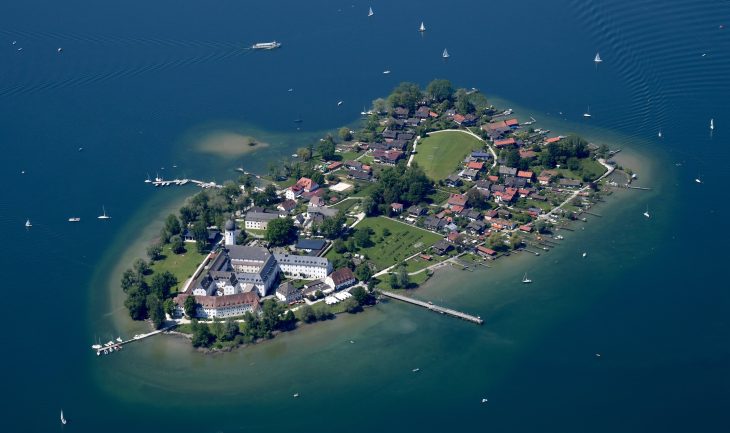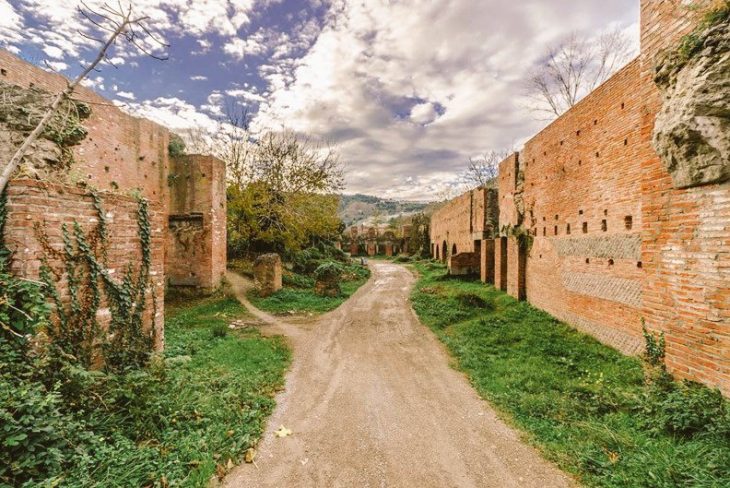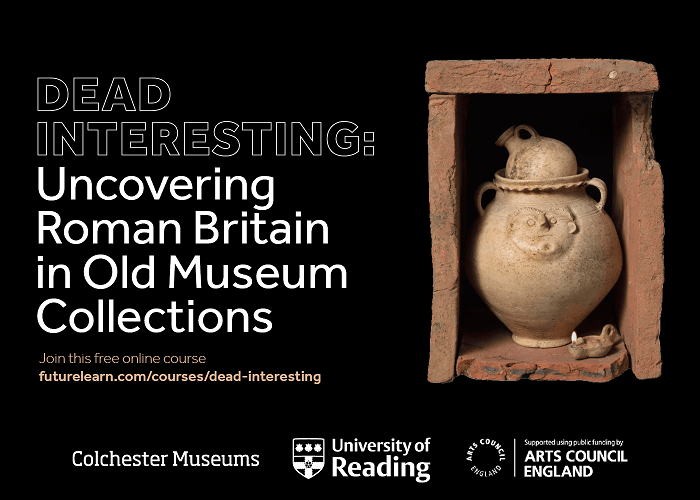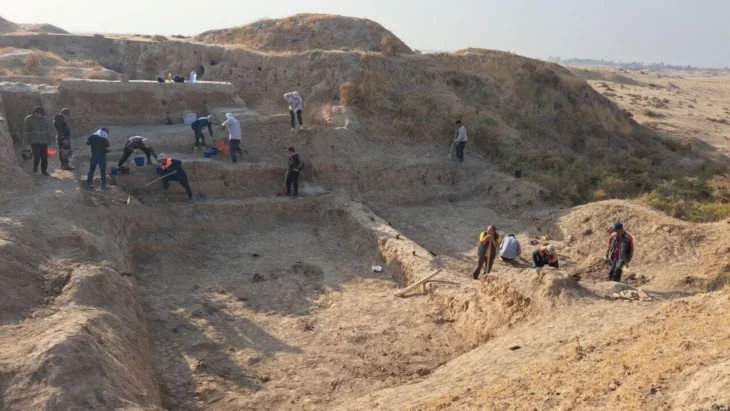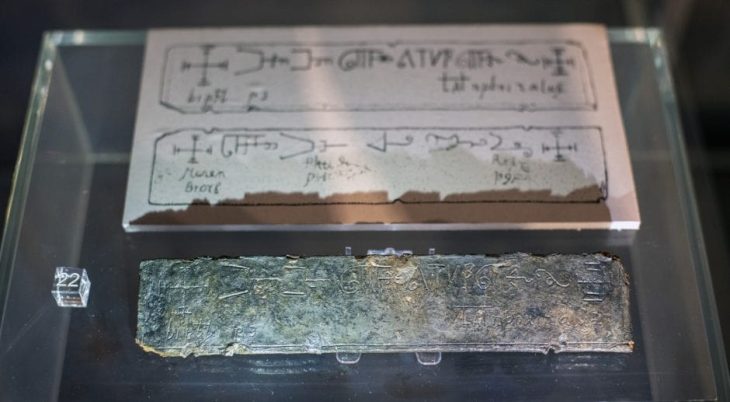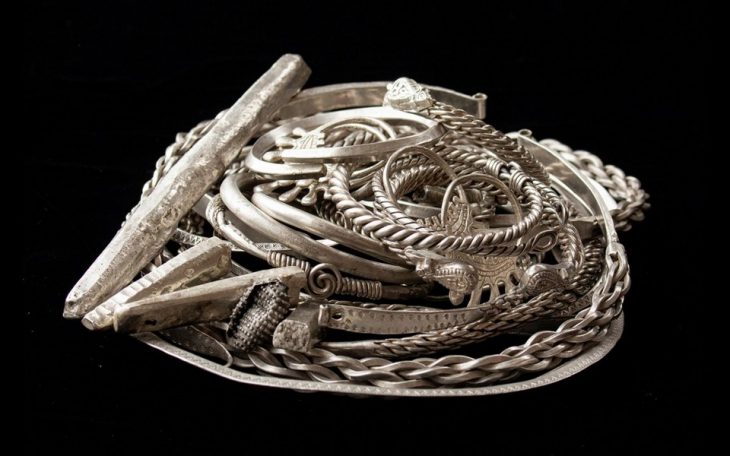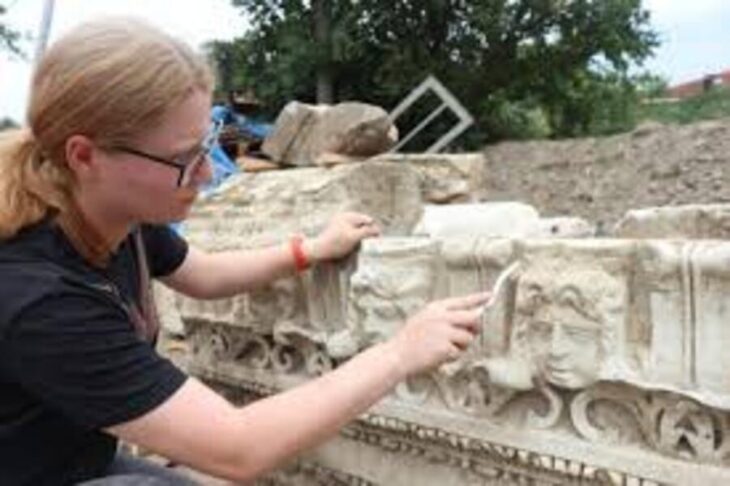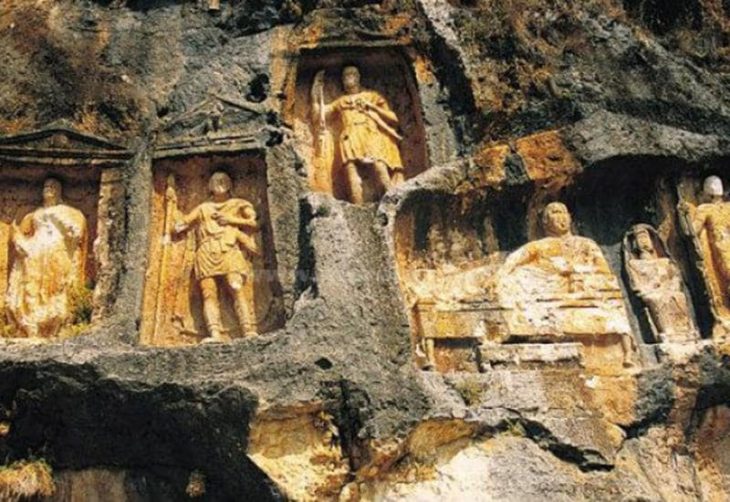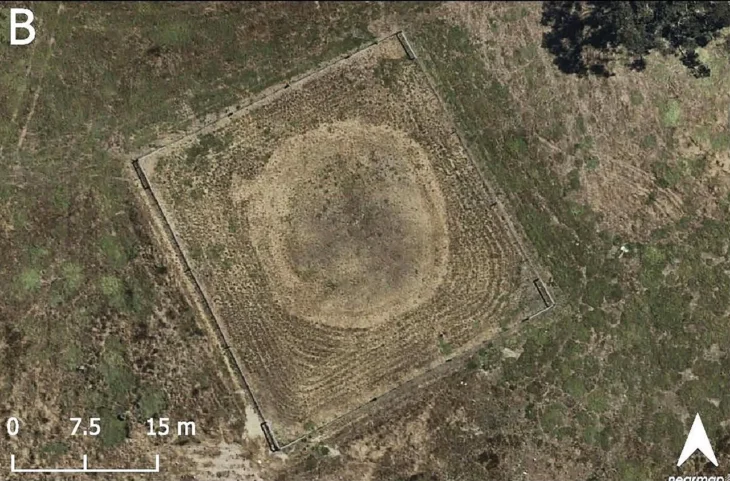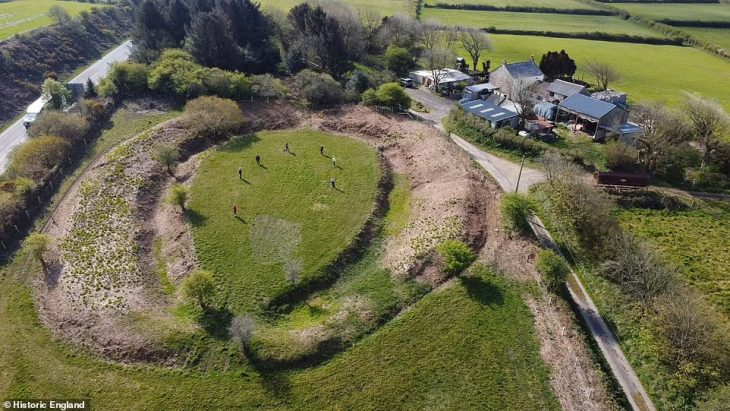A living space carved into a bedrock considered to belong to the Middle Ages was found at a point overlooking Lake Van in the Çitören District of the Tusba district of Van province in eastern Turkey.
Tusba, also known as Thusba, was the capital of the Urartian kingdom in the 9th century BC.
The excavation team headed by Professor Rafet Çavuşoğlu, Head of the Archeology Department of the Faculty of Letters of Van Yüzüncü Yıl University (YYÜ), continues their work to record the historical structures in Van.
In this context, work was carried out in a hilly area with an altitude of 1800, opposite Çarpanak Island in Çitören District, 30 kilometers from the district.
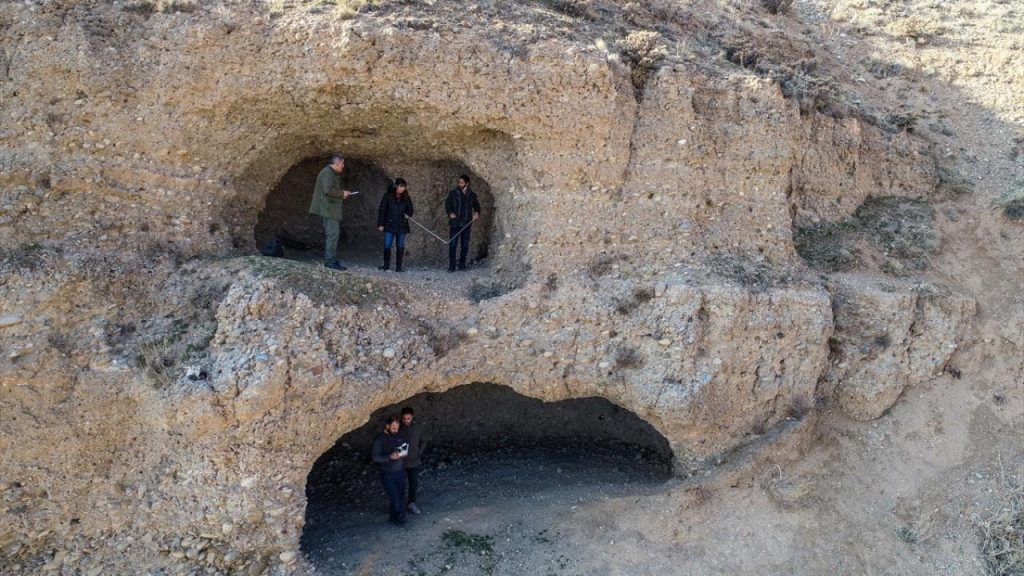
The team, which detected a 3-room living space carved into the bedrock in an area close to the area where two Urartian rock tombs were previously identified, started an investigation in the area.
📣 Our WhatsApp channel is now LIVE! Stay up-to-date with the latest news and updates, just click here to follow us on WhatsApp and never miss a thing!!
Earlier, ruins of a castle dating 2,800 years ago were discovered during an excavation project in a nearby area.
Remains of pottery were found in the living area with a length of 6 meters (20 feet) and a diameter of 3 meters (10 feet) carved into the bedrock, which was determined not to be registered in the inventory of cultural assets.
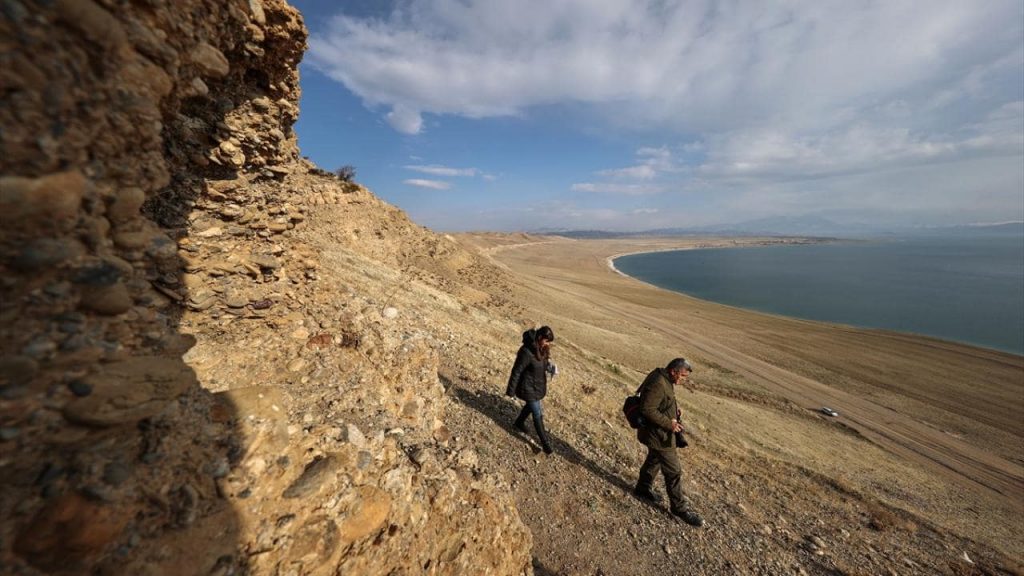
“We understand from the pottery and potsherds that this was a settlement used in the Middle Ages. One of the most important features of this place is that it is located at a very dominant point,” Çavuşoğlu told Anadolu Agency (AA).
He said the space was established strategically and oversaw historical trade routes.
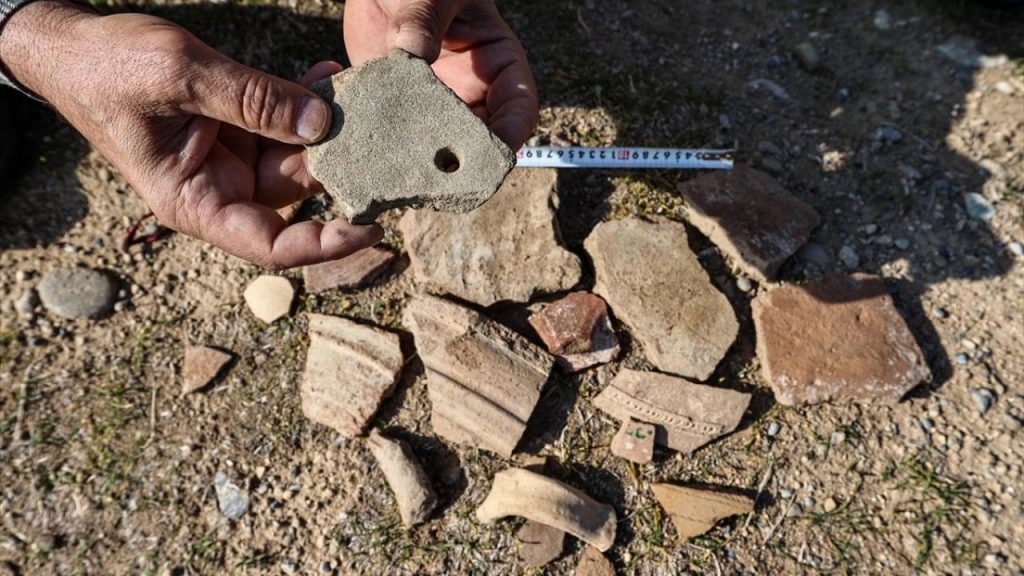
“The ancient road route passed by the edge of Lake Van,” he said. “This place is located at a point where you can see all these routes. The eastern part of the settlement has been destroyed. It was arranged on two floors. This feature is used in both the early and Middle Ages.”
The remains in the area, which is located at a point overlooking Lake Van and determined to be used by different civilizations in the Middle Ages, will be examined in detail by archaeologists.


